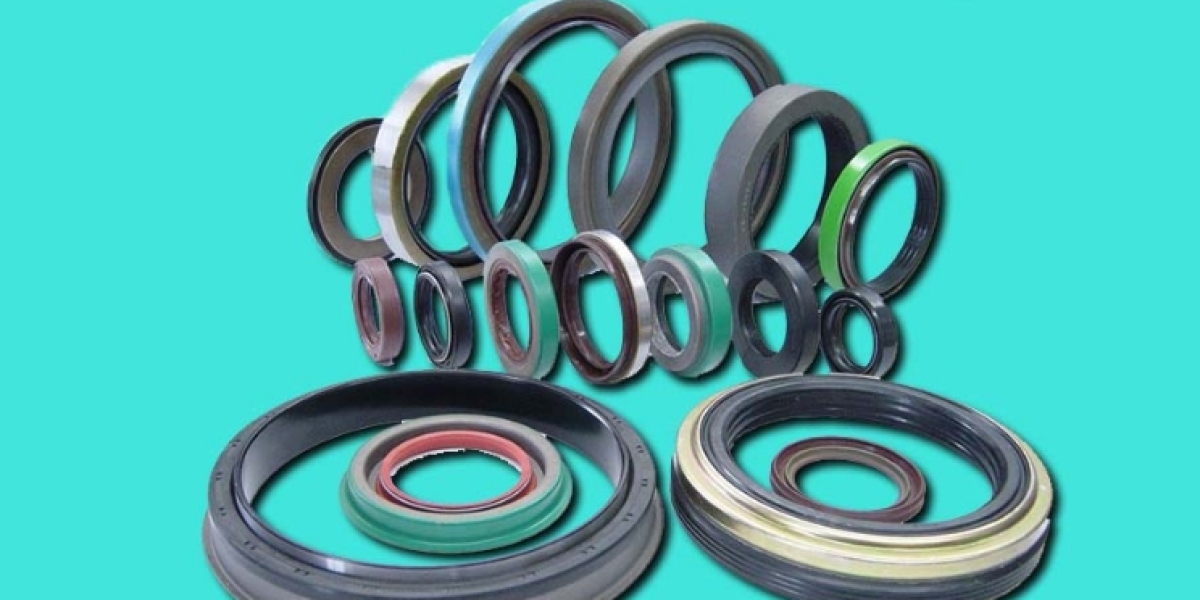Oil seals, also known as grease seals or radial shaft seals, are small but essential components used in various industrial and automotive applications. Despite their size, these seals play a critical role in preventing the leakage of fluids such as oil, grease, or even gases from machinery and engines. In this article, we will delve into the mechanics of oil seals, exploring how they work and why they are crucial for maintaining the integrity of different systems.
What Are Oil Seals?
Oil seals are specialized devices designed to fit tightly around the rotating shaft of a machine or engine. They are typically constructed from elastomeric materials such as rubber or synthetic polymers and are encased in a metal or plastic housing. The primary purpose of an oil seal is to create a barrier between the moving shaft and the stationary part of the machine, preventing the escape of lubricants or the entry of contaminants.
How Do Oil Seals Work?
Oil seals work on a simple yet effective principle. They feature a flexible lip that is in direct contact with the rotating shaft. This lip creates a dynamic seal, which means that it adapts to the shaft's movement while maintaining a tight fit. Here's how it works:
Sealing Action: As the shaft rotates, the oil seal's lip remains in contact with its surface. The lip creates a seal by exerting pressure against the shaft, preventing any fluid or debris from passing through.
Preventing Leakage: The pressure applied by the lip effectively prevents the leakage of oil or other lubricants from the machinery. This is crucial for maintaining proper lubrication and preventing wear and tear on moving parts.
Blocking Contaminants: Simultaneously, the oil seal acts as a barrier that prevents external contaminants like dirt, dust, and moisture from entering the machinery. This is essential for ensuring the long-term reliability and efficiency of the system.
Key Components of Oil Seals
Understanding the mechanics of oil seals requires knowing their key components:
Lip: The flexible lip is the heart of the oil seal. It is responsible for creating a seal around the rotating shaft. The lip's material must be compatible with the fluids it will come into contact with and have the necessary resilience to maintain a tight fit.
Metal or Plastic Housing: The lip is encased in a metal or plastic housing, which provides structural support and ensures proper alignment of the seal on the shaft.
Spring: In some oil seals, a spring is included to provide additional tension to the lip, enhancing its sealing capabilities. The spring helps maintain constant pressure on the shaft, even as it moves.
Applications of Oil Seals
Oil seals are used in a wide range of applications, including:
Automotive engines
Industrial machinery
Agricultural equipment
Hydraulic systems
Power transmission equipment
Marine engines
Their versatility and effectiveness make them indispensable in industries where fluid containment and shaft protection are critical.
See more









